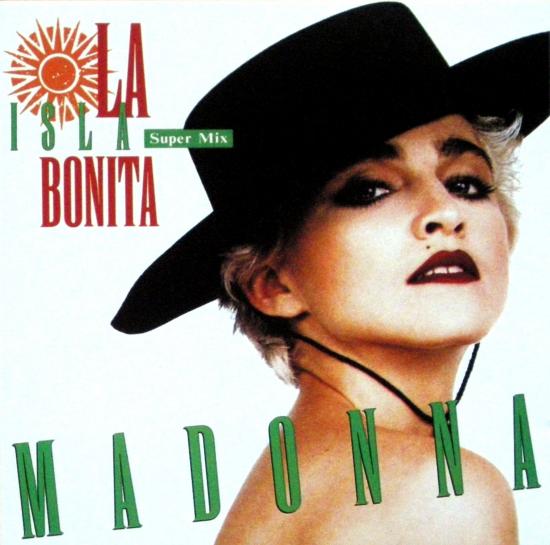(First: an explanation: when I started this blog I said I would fold expansions into the base game—this so I wouldn’t have to spend week after week playing variations of the same thing. In the case of the Bohnanza series, however, each game has such a different feel that I thought each merited its own post.)
Uwe Rosenberg seems to be fond of two things: farming; and puns. He is the designer of Agricola, one of the most popular games of recent memory (and the subject of last week’s blogpost). The Gates of Loyang, his last game but one, also involved planting and harvesting.
Bohnanza, released in 1997, definitely had an unusual theme—bean farming—and added a simple twist for a card game: the order of the cards in your hand mattered, and could not be changed—at least, not without a little trading on the side. The game’s planting and harvesting mechanic was also (to my knowledge) unique. It was altogether an innovative design, and yet so simple that it could be taught in about ten minutes and enjoyed by that scary demographic: People Who Don’t Usually Play Board Games.
The base game plays best with more than three players—but the original rules contained a two player Bean Duel variant playable by two. I’ve never tried it.
Somewhere along the line I found out that Rosenberg had released a standalone version for one or two players—Al Cabohne. Since I like a good solitaire game, and was also looking for fun two-player games to try out with my wife, I ordered it from http://www.germangames.com/ and soon enough it arrived.
 |
| Without an 'h'. |
 |
| With an 'h'. |
Bohnanza may or may not have been a punning reference to the long-running TV western Bonanza (is it just me or does that look incorrectly-spelled without the ‘h’?). Some of the spin-offs (the chronology is detailed here) definitely have the whiff of pop-cultural punditry.
 |
| 'h' |
 |
| No 'h'. |
There’s High Bohn, which references the classic 1952 movie High Noon, starring Gary Cooper as the brave sheriff and Grace Kelly as the woman who loves him.
 |
| 'h': si. |
 |
| Non. |
 |
| Oui. |
Can’t forget Bohnaparte, whose cover art leaves no doubt as to its inspiration, the Little Corsican himself.
 |
| The Bean Mafia |
But it’s not just the name of the game which could goad Italian sensibilities. The premise of the game is that the player(s) are at the mercy of two crime bosses (three, if playing solitaire), each of whom is portrayed as a cigar-chomping, SMG-wielding bean. They are Al Cabohne (see above), Don Corlebohne (in homage to Mario Puzo’s Godfather, so compellingly played by Marlon Brando), and Joe Bohnano (probably referring to “Joe Bananas”, real name Giuseppe Bonanno Sr., one of the major Italian crime bosses of the 20th century).
Collectively, the “Bean Mafia” (for that is what the rules call them) plants beans and demands “protection” (by stealing bean cards) from any player foolish enough to compete with them by planting the same kind of bean. And, like the human player(s), the Bean Mafia harvests their fields and earns coins. The focus of the game thus shifts from trading to strategic planting, trying to beat the Bosses at their own game.
If you are sensitive to issues around organized crime, particularly if your ethnicity is popularly associated with it, you may not find this theme (and hence the game) funny or enjoyable. I have an analogous discomfort around a game called Imperial—which I’m not going to go into here, nuh uh—so I refuse to be judgemental about it.
 |
| My son, the gamer. |
In this case, however, I ignore the political incorrectness and just enjoy the game, both solitaire and with my son. He is almost eight, and I have already begun raising him on a diet of games which is already probably warping him beyond any chance of having a normal life. He’s been playing Memoir ’44 and Star Wars: The Queen’s Gambit for about two years, and has recently regenerated my own interest in Dominion after it had flagged.
I do console myself (if that is the word) that he has a DS and has Bakugan and some of the other crap that allows him to connect with regular kids, but no one his age plays Magic: the Gathering, for example, so even though he enjoys it a lot there’s no one at school to talk about it with.
Anyway, he loves Bohnanza and Al Cabohne, although when we play the latter I do allow trading, which helps him more than me (naturally). When we played last week, he asked (for the first time) who Al Cabohne and Don Corlebohne were and what the Mafia was.
Explaining the first two was pretty easy—actual gangster from the 1920’s blah blah blah, movie about gangsters from the 1970’s blah blah blah.
But how to explain “The Mafia” to a not-quite-eight-year-old? There’s the bit about organized crime, that’s not so hard—he understands crime. I also said that some people don’t like the term “Mafia” because it makes it sound like only some people are responsible for crime, and that today it’s often used to refer to organized crime anywhere in the world, so you might hear people talk about “the Russian Mafia” or “the Chinese Mafia”. Then I repeated that you shouldn’t use the term anyway.
Only time will tell whether this was the right call. Oh, the joys of parenting in the Gaming World. And, of course, he won.
NEXT WEEK: ALEXANDROS, OR HOW TO STUFF AN ENTIRE EMPIRE INTO A MAGAZINE


No comments:
Post a Comment